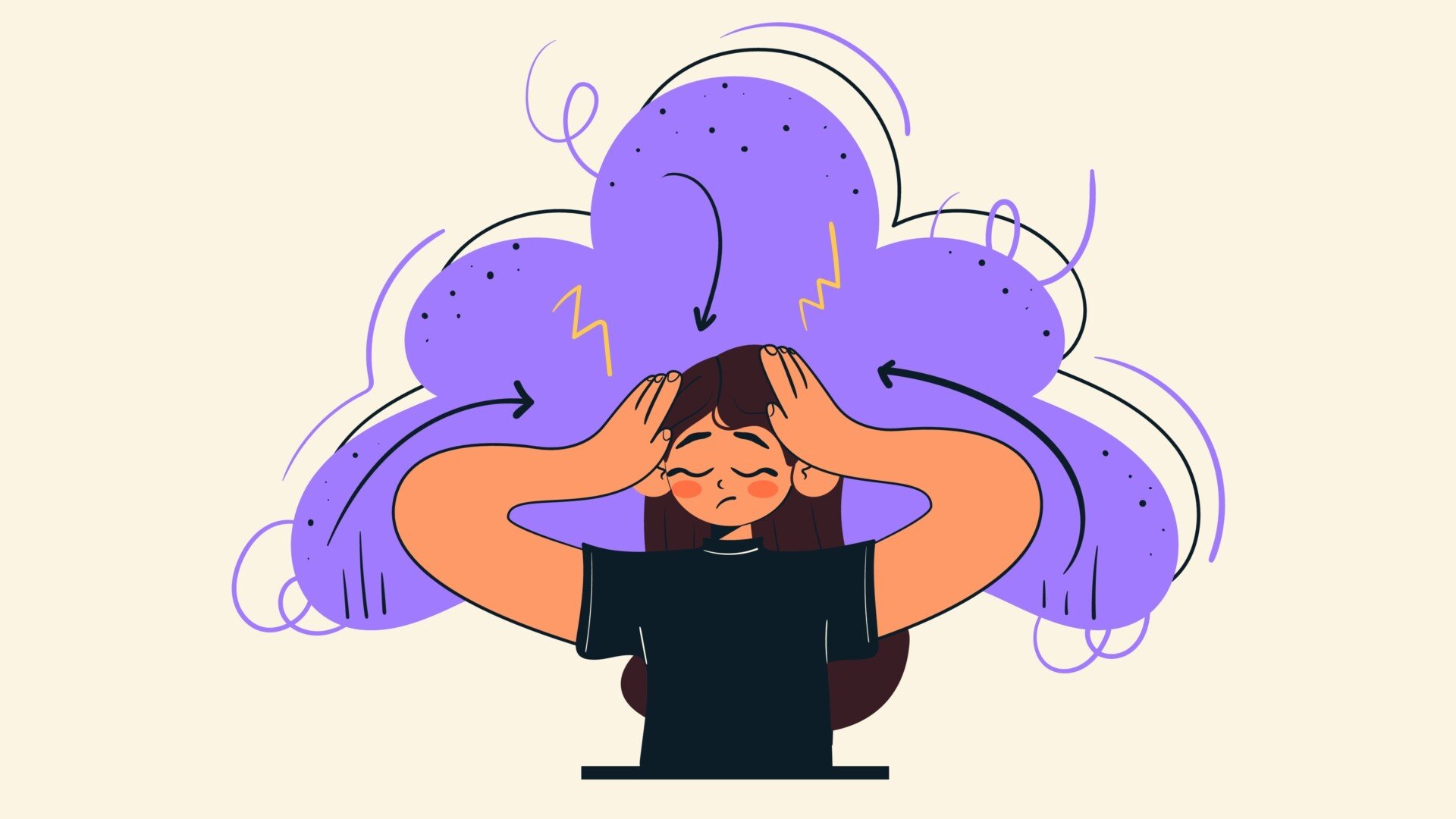For many autistic women, a diagnosis in adulthood can be both a relief and a reckoning. While it may bring clarity to years of uncertainty, a new study highlights that late diagnosis is also associated with increased mental health challenges, even among those who appear to be thriving in other aspects of life.
A new study by Maire Claire Diemer and colleagues, published in Autism Research (2025), explores how age of diagnosis shapes the experiences of autistic women and non-binary people assigned female at birth (AFAB), comparing those diagnosed in childhood to those diagnosed in adulthood.

The researchers found that women diagnosed with autism as adults were more likely to experience anxiety, depression, eating disorders, and substance use issues than those diagnosed in childhood.
Autism is a neurodevelopmental condition typically identified in early childhood, but diagnosis in females is often delayed.
This delay is due to a variety of factors, including differences in how autism presents in women, limited representation in research, and diagnostic tools developed primarily around male profiles.
As a result, many autistic women are overlooked during childhood and only receive a diagnosis in adulthood, often after years of misdiagnosis or internal struggle.
The study analyzed data from 1,424 women and non-binary individuals enrolled in the SPARK autism research cohort. Participants were aged 18 and older and had all received a professional autism diagnosis, either in childhood or adulthood.
The researchers examined their educational backgrounds, employment status, relationships, mental health diagnoses, and self-reported well-being.
Women diagnosed in adulthood had an average age of diagnosis of 31.8 years, compared to 9.7 years for those diagnosed in childhood. While both groups faced significant life challenges, key differences emerged.
Adult-diagnosed participants were more likely to be employed full-time, have completed higher education, and be married or in a relationship.
However, they also reported higher rates of psychiatric conditions: nearly 70% had been diagnosed with anxiety, and over 60% had experienced depression. Rates of eating disorders and substance use disorders were also significantly higher in this group.
These findings suggest that outward indicators of success—such as employment or education—do not necessarily reflect internal well-being.
In fact, women diagnosed later in life reported lower personal strengths and higher levels of internalizing symptoms like sadness and withdrawal. They were also more likely to report externalizing behaviors and substance use.
Notably, over one-third of the full sample had experienced suicidal thoughts, and 21% reported self-harm—a concerning figure that underscores the need for targeted mental health support.
The researchers believe several factors may explain the elevated distress among those diagnosed later in life.
Many of these women may have spent years masking their symptoms to fit in socially, which can lead to identity confusion, chronic stress, and burnout.
Others may have lacked access to early interventions and supports that are typically available to children with an early autism diagnosis.
Without these resources, many had to navigate education, relationships, and employment without a clear understanding of their needs.
Despite these mental health challenges, the study also highlights areas of resilience.
A majority of participants had pursued higher education, and over half were participating in the workforce. These outcomes suggest that autistic women, including those diagnosed later in life, are achieving significant adult milestones, even in the face of adversity.
Still, the findings raise important considerations for healthcare providers and educators. Early diagnosis remains critical for ensuring timely support, but for those missed in childhood, adult-focused assessment and intervention options must be improved.
The authors call for tailored mental health services that account for the unique experiences of autistic women and non-binary individuals, including the intersection of gender identity, social expectations, and neurodiversity.
It is also worth noting that the study’s sample was not fully representative of the broader autistic population.
Most participants were white and highly educated, and individuals with higher support needs—such as those unable to complete online surveys independently—were excluded. This limits the generalizability of the findings and highlights a need for more inclusive research in the future.
As more women and gender-diverse people seek autism diagnoses in adulthood, studies like this provide crucial insights into their experiences.
The research underscores the importance of not only recognizing autism earlier in life but also developing support systems that address the distinct challenges faced by those diagnosed later.
Mental health providers, employers, and communities all have a role to play in creating a more supportive environment for autistic adults navigating life after a late diagnosis.
Citation
Diemer, M. C., Ros-Demarize, R., Bradley, C. C., Kanne, S., Kim, S. H., Parish-Morris, J., Snyder, L. G., Wodka, E., & Carpenter, L. A. Comparative Analysis of Autistic Women Across the Lifespan: Childhood vs. Adulthood Diagnosis. Autism Research. https://doi.org/10.1002/aur.70073


